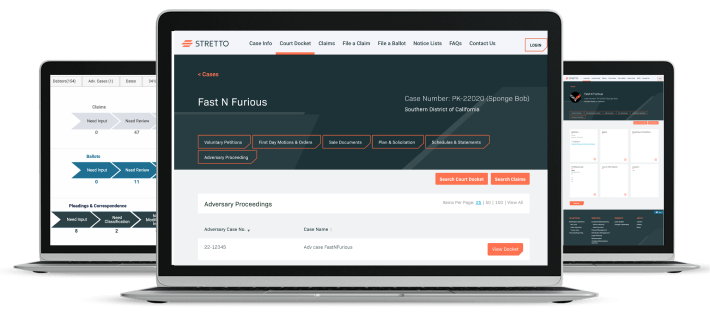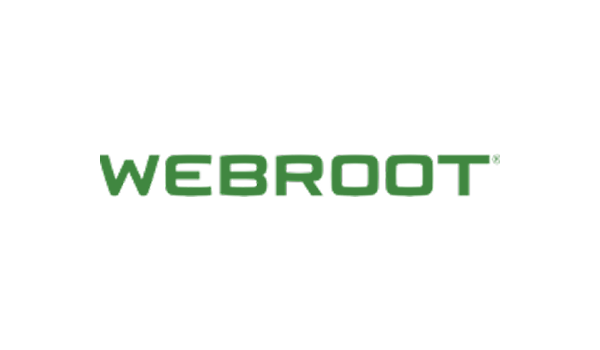Strategy and Solutions
After significant due diligence, Zymr won the competitive RFP for building a massive Enterprise Financial Services solution for our client. We designed and delivered this bespoke solution over 16+ months with a team of 100+ engineers. This was architected as cloud-native platform comprising 5 independent FinTech applications and leveraging 40+ AWS cloud-native services. We introduced Agile-at-Scale - Scrum-of-Scrum processes with a Zymr team of 100+ full-stack engineers, 10+ product owners, 12+ UX designers, 6+ solution architects, and 4+ scrum masters. We automated the full CI/CD pipeline and test automation. We are proud of our team for engineering a high quality cloud-native platform to production on time and budget.</p><p></p><p id="">Our Agile teams used Full-Stack Product Engineering, AWS Cloud-Native, Workflow Engine with Reporting, Legal Document Management, RBAC - Web and Mobile Apps, Quality Automation, and CI/CD Automation. We worked on the UX design and responsive Web Consoles for various stakeholders - from case managers, clients, legal professionals, debtors, and creditors. We built a set of five microservices-based applications involving Case Management, eClaims, eBallot, Public Web Site, and Client Portal. Powering the case-management, Zymr built a highly sophisticated workflow engine. We developed responsive mobile apps for clients, creditors, and debtors. The apps were tested on varied screen sizes on phone and tablets - iOS and Android devices.</p><p></p><p id="">Zymr designed and developed a complex bankruptcy engine that managed complex legal and financial workflows in a multi-tenancy environment. The Case Management app included a dozen Dokerized microservices. The most demanding aspect of bankruptcy proceedings is processing millions of documents and associated workflows. Zymr developed an AWS-centric document management microservice. The goal for a fully automated DevSecOps and CI/CD pipeline was realized by Zymr from its inception. Using AWS native tools, Kubernetes, Docker, Puppet, Python, Cloud Formation, Bamboo, Artifactory, and ECR, the goal for 'infrastructure as code' was realized. We developed a comprehensive robot-based test automation framework. We automated thousands of test cases. We performed rigorous load testing to simulate thousands of concurrent users.













.svg)
.svg)
.svg)
.svg)
.svg)
.svg)
